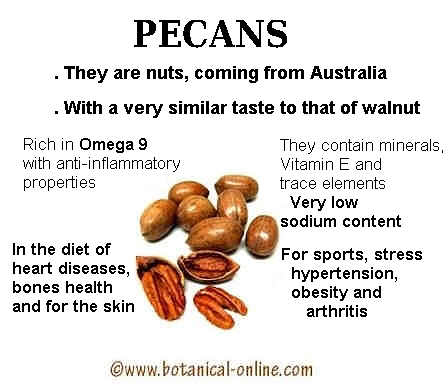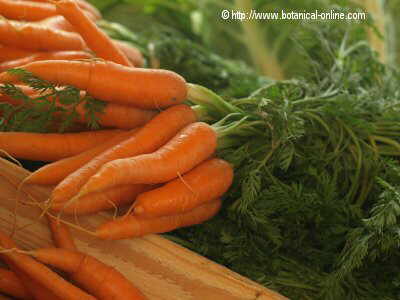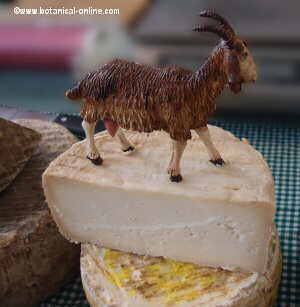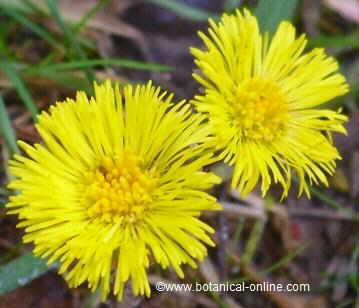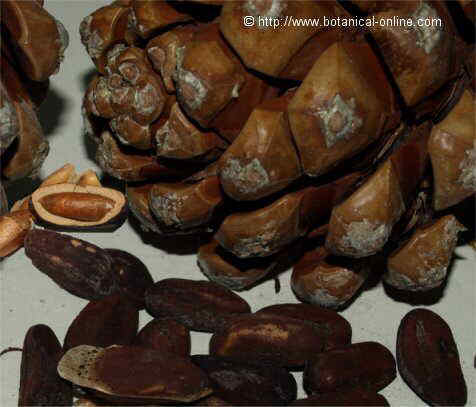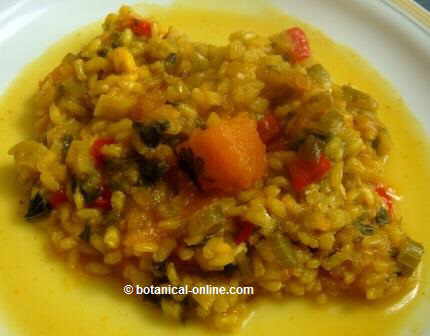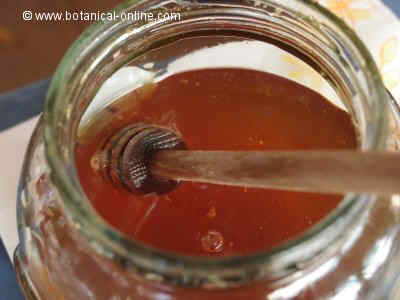Which are the differences between oil and essential oil?
Vegetable oils and essential oils are two completely different types of fats. Broadly speaking, their differences can be summarized in the following points:
Both have in common that they are substances of a lipidic nature (fat), are fat-soluble (fat soluble) and can be mixed with each other. They have unctuous consistency. They do not dissolve in water and are less dense than it, so they float on water.
difference between essential vegetable oils
Foil with the main differences presented by vegetable oils and essential oils. Essential oils are dangerous to ingest.
Characteristics of vegetable oils
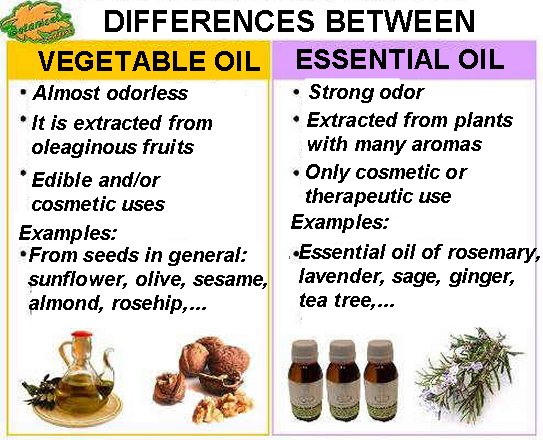
The oils are made up of fatty acids and soap can be made from them (they are saponifiable). The best known fatty acids are omega 3 and omega 6.
They are obtained mainly from seeds and nuts and are the main source of dietary fat. They also have a cosmetic use.
Examples of oils are: olive oil, sunflower oil, wheat germ oil, Rose hip oil, etc.
They have important properties in nutrition and diet therapy. In cosmetics, oils have nourishing properties of the skin.
What are essential oils?
Essential oils are formed by volatile substances which are very aromatic and do not contain fatty acids.
You can not make soap only with essential oils, in any case it would be necessary to add oils or other fats (essential oils are unsaponifiable).
Essential oils are not used for cooking because in moderate doses they can be toxic and in very high doses they could be fatal. Due to their properties, they are used in controlled doses in phytotherapy, aromatherapy, cosmetics and perfumery, mainly.
What are these oils used for?
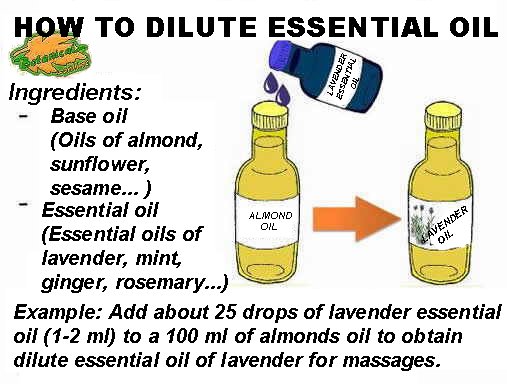
On many occasions, essential oils are diluted in oil (called base oils), to make different preparations: soaps, creams, massage oils, ointments, etc.
Oils serve as a vehicle for essential oils. Being so potent, essential oils are diluted in other oils because they must be used in very small quantities, since in moderate doses they can cause poisoning. To do this, a few drops of essential oil are mixed in base oil (almond, jojoba, sesame, etc.).
What are vegetable oils?
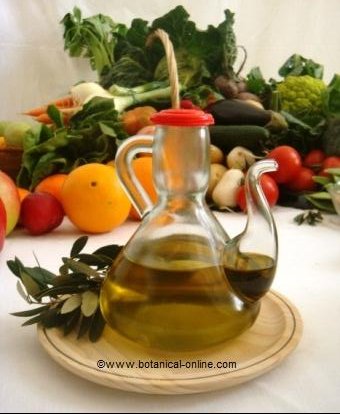
Vegetable oils are produced by plants in their primary metabolism, that is, these oils are reserve substances for the growth and development of the plant, along with carbohydrates or proteins.
Chemical properties of vegetable oils
Vegetable oils are found in many foods, especially those that are richer: nuts, seeds, avocado, olives, etc., although animals also have them (oily fish, …).
Vegetable oils are all food oils and those that are extracted from fatty foods.
Chemically, oils contain fatty acids in their composition. They are saponifiable substances, that is, soap can be made from them.
Food has different types of fat. To evaluate the characteristics of an oil, it is analyzed what proportion of fatty acids it presents, which can be: saturated, monounsaturated or polyunsaturated:
When saturated fatty acids predominate, they are usually solid at room temperature: shea butter, cocoa butter, or coconut oil, rich in lauric acid (at room temperature it can be liquid).
Unsaturated oils are liquid at room temperature. Olive and avocado are rich in monounsaturated fats. Seeds and nuts are abundant in polyunsaturated fatty acids, within this group are the known essential fatty acids (omega 3 and omega 6).
Chemical properties of essential oils
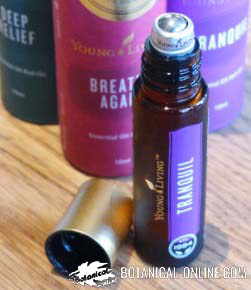
Essential oils do not contain fatty acids in their composition, but they are made up of highly aromatic volatile substances. Essential oils are unsaponifiable, and unlike the previous ones, soap cannot be made only with essential oil.
Chemically, essential oils can be classified according to their structure into: terpenoids (monoterpenes and sesquiterpenes, such as limonene, menthol, thymol, cineol, carvacrol, etc.) or non-terpenoids (phenylpropanoids, such as eugenol, anethole, etc.).
Essential oils are produced in the secondary metabolism of plants, and their function is not always known. Generally, they are manufactured by plants with defensive functions, to attract insects and reproduce, or to repel predators.
Unlike oils, essential oils are substances that only produce certain plants, and sometimes only under certain conditions. Depending on the climate, the irrigation, the stage of growth or the variety of the plant, it will produce or not certain essential oils. For example, garden lavender varieties do not produce the same essential oil as wild lavenders.
One of the most important families in the field of essential oils is the mint family (Labiatae), whose members are characterized by having a high content of essential oil. Plants belonging to this family are lemon balm, lavender, sage, rosemary, mint, thyme, etc.
Perhaps the most used essential oil is eucalyptus essential oil, rich in 1,8-cineole.
Table on the main differences between vegetable oils and essential oils
| MAIN DIFFERENCES BETWEEN OILS AND ESSENTIAL OILS | ||
|---|---|---|
| Oil | Essential oil | |
| Characteristics in common | Insoluble in water (forming micelles) Soluble in fat and organic solvents (chloroform, benzene, acetone, turpentine, etc.)They are less dense than water, float on it.Unctuous texture | |
| Composition | Fatty acids bound to a glycerol (mono, di and triglycerides) | Volatile substances, terpenoids and non-terpenoids |
| Chemical classification | Saponifiable fats | Unsaponifiable fats |
| Sources | Sources Nuts, seeds, avocado, olives, coconut, shea, etc. | Plants rich in essential oils: eucalyptus, labiates (lavender, sage, rosemary, etc.), cloves, etc. |
| Extraction | By mechanical processes (cold pressure), or with solvents (refined) | Distillation |
| Uses | Food Dermatology Cosmetics | Perfumery Aromatherapy Home remedies, such as massage oils (dilute in oil) Cosmetics They can cause dermatitis if not used properly. They can be very toxic if ingested in high doses. |
| Examples | Rosehip oil … | Rosemary essential oil |
![]() More information on essential oils
More information on essential oils

